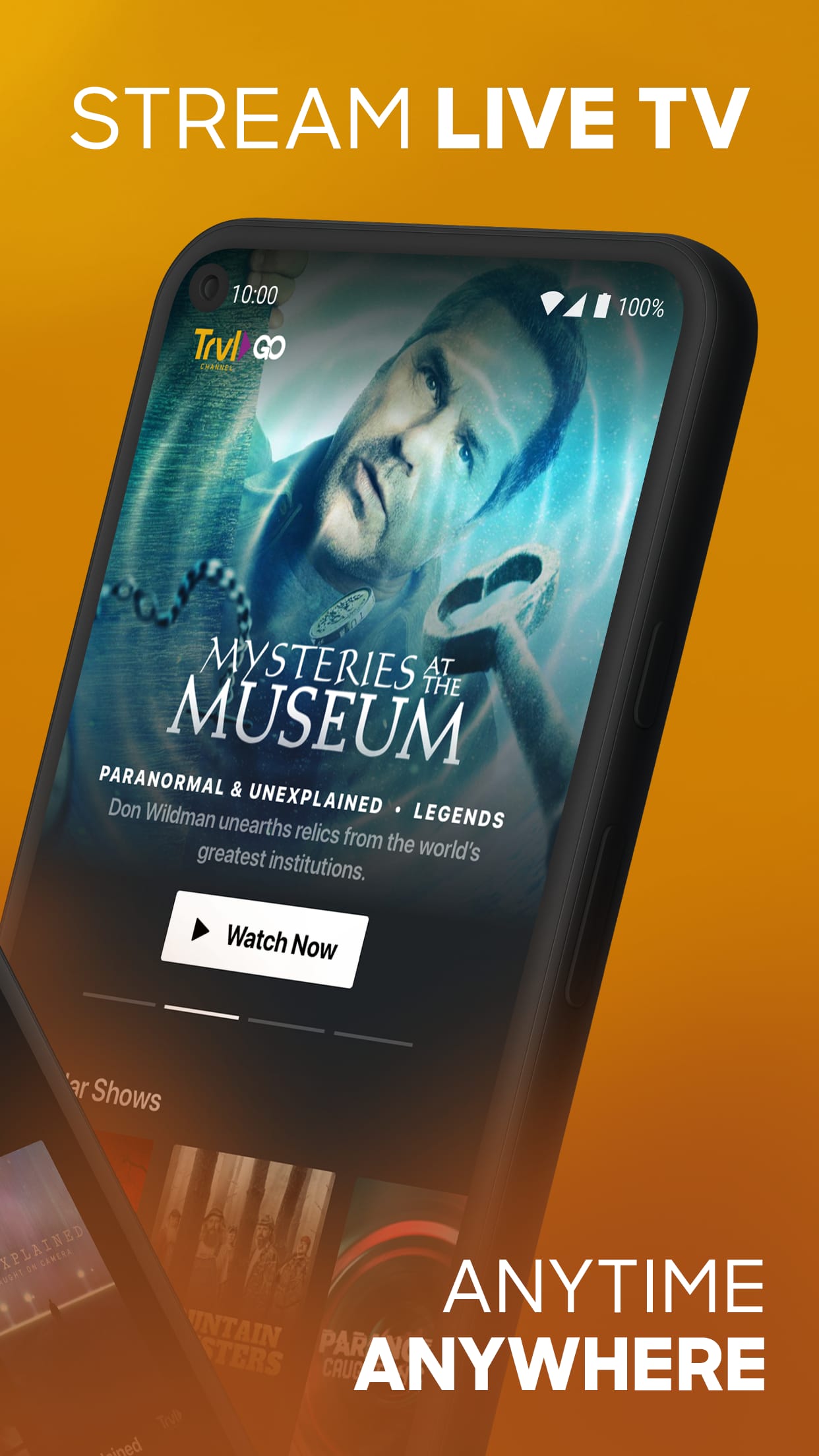Design foundations
The digital architecture of streaming applications hinges on a robust foundation, encompassing content delivery networks (CDNs), user authentication systems, and efficient video encoding technologies.
Core Streaming Technology
Foundationally, the application relies on Adaptive Bitrate Streaming (ABS) to dynamically adjust video quality based on network conditions, ensuring a seamless viewing experience. Research indicates that HLS and DASH are commonly employed ABS protocols.
Structure elements
Structurally, the application is built upon a client-server architecture. The client-side application (mobile app) interacts with a back-end server infrastructure that manages content storage, user accounts, and streaming sessions.
- Content Catalog: A database storing metadata about available shows and episodes.
- Streaming Server: Responsible for delivering video content to users.
- Authentication Server: Manages user logins and access control.
Experience blueprints
The user experience is meticulously planned, with a focus on intuitive navigation, personalized content recommendations, and seamless playback. Blueprint details often include user interface (UI) and user experience (UX) considerations.
Pros
- Easy-to-use interface
- Personalized recommendations
- Offline viewing (if available)
Cons
- Potential for buffering issues
- Limited offline content (potentially)
Space organization
Spatial design within the app dictates how users navigate and discover content. Effective organization is crucial for discoverability. Typical organization methods include:
- Categorization by genre
- Featured content sections
- Search functionality
Flow patterns
User flow patterns describe the typical pathways users take within the application. For a streaming app, key flow patterns include:
Browse
Users browse the content library to discover new shows.
Search
Users search for specific titles or genres.
Watch
Users select and watch video content.
Overall design value
The overall design value lies in the application's ability to provide a seamless and engaging streaming experience. This depends on a combination of factors, including content quality, app stability, and user-friendly interface. The use of modern architectural patterns like microservices for backend functionalities can greatly improve scalability and maintainability.
Final Verdict
A well-designed streaming application should prioritize content discoverability, playback quality, and user engagement. The design choices made in content organization, navigation, and playback controls significantly impact the overall user experience.




